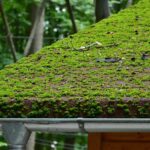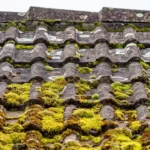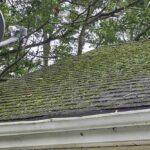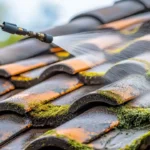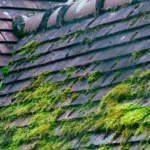Understanding the science behind roof moss can be incredibly beneficial for homeowners. Moss growth on roofs is a common issue that many people face, especially in regions with a humid climate. Not only does moss affect the aesthetic appeal of your home, but it can also lead to more serious damage if left unchecked. In this article, we will delve into roof moss and its implications, helping homeowners understand how to address and prevent this issue effectively.
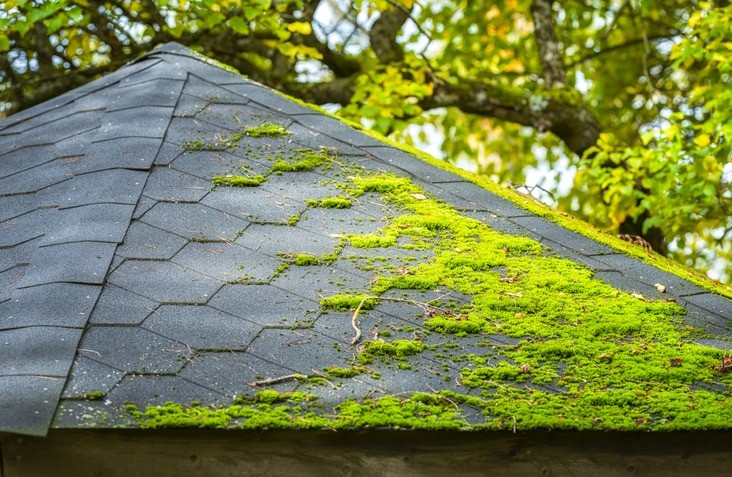
What is Roof Moss?
Moss is a small, non-vascular plant that thrives in moist environments. It doesn’t have traditional roots like other plants and instead uses rhizoids to anchor itself. On roofs, moss can appear as a thick green blanket that spreads over time, especially if your roof receives minimal sunlight and stays damp.
Why Does Moss Grow on Roofs?
Moss growth is primarily influenced by a few key factors: moisture, shade, and the type of roofing material. Roofs that are shaded by trees or other structures are more likely to develop moss since they retain moisture longer. Additionally, some roofing materials, like asphalt shingles, are more susceptible to moss growth due to their texture, which can trap moisture.
The Role of Environment
Certain environments are more conducive to moss growth. For instance, homes in coastal climates often experience higher rates of roof moss due to the persistent humidity and cooler temperatures.
How Does Moss Affect Your Roof?
While moss might seem harmless, it can cause significant damage over time. As moss grows, it retains moisture against the roofing surface, which can lead to the decay of roofing materials. This moisture can seep into the structure of the roof, leading to leaks and potentially compromising the structural integrity of your home.
Impact on Roofing Materials
Different roofing materials react differently to moss growth. For example, asphalt shingles can deteriorate faster when moss is present, while cedar shakes might experience a breakdown of their natural oils. Understanding the specific impact on your roofing material is crucial for effective maintenance.
Preventing Moss Growth on Your Roof
Prevention is key when it comes to managing roof moss. Regular maintenance and cleaning can go a long way in keeping your roof moss-free. Consider scheduling inspections and cleanings periodically to ensure that any moss is dealt with before it becomes a major issue. For more detailed guidelines, you can refer to the roof moss cleaning frequency recommendations.
Choosing the Right Products
When it comes to removing moss, choosing safe and effective cleaning products is essential. You can find a list of recommended roof moss cleaning supplies that are safe for your roof and the environment.
Moss Removal Techniques
There are several techniques for removing moss from your roof, ranging from manual removal to chemical treatments. Each method has its pros and cons, and the best choice often depends on the extent of moss growth and the type of roofing material.
Manual Removal
Manual removal involves physically scraping or brushing the moss off your roof. This method is labor-intensive but effective for small areas of moss. It is important to be gentle to avoid damaging the roofing material.
Chemical Treatments
Chemical treatments can be used to kill moss and prevent future growth. These treatments are sprayed onto the roof and left to work over time. However, caution should be taken to ensure that the chemicals used do not harm the roofing material or the environment.
Importance of Professional Help
In some cases, professional assistance might be necessary. Hiring a professional can ensure that moss is removed safely and effectively, without causing damage to your roof. They also have the expertise to identify any underlying issues that might be contributing to moss growth.
When to Seek Professional Help
If you notice extensive moss growth or suspect that your roof might have underlying damage, it is advisable to consult a professional. They can provide a thorough inspection and recommend the best course of action.
Common Myths About Roof Moss
There are several myths surrounding roof moss that can lead to misconceptions. One common myth is that moss is always harmful, but in some cases, it can provide certain benefits, like insulation. However, these benefits are often outweighed by the potential damage moss can cause.
Moss as an Insulator
Some believe that moss acts as a natural insulator, helping to keep homes warm in the winter and cool in the summer. While there is some truth to this, the risks associated with moisture retention and roof damage far outweigh any potential benefits.
The Science Behind Moss Growth
Moss requires moisture, shade, and a suitable surface to grow. Understanding the scientific principles behind moss growth can help homeowners take proactive measures to prevent it.
The Role of Photosynthesis
Like all plants, moss relies on photosynthesis to produce energy. It uses sunlight to convert water and carbon dioxide into glucose, which fuels its growth. This process also releases oxygen, which contributes to the plant’s ability to thrive in shaded environments.
Long-Term Effects of Moss on Your Home
Beyond immediate roof damage, moss can have long-term effects on your home. The constant moisture can lead to structural issues, affecting the foundation and overall safety of your house. For more insights into these risks, you can explore the roof moss and foundation risks.
Moisture and Mold
The moisture retained by moss can also lead to mold growth, which poses health risks to the home’s occupants. Mold spores can enter the home through vents and windows, potentially exacerbating respiratory issues.
Case Studies: Real-Life Examples
Examining real-life examples can provide valuable insights into the effects of moss on roofs. These case studies highlight the importance of timely intervention and maintenance.
Case Study 1: A Coastal Home
In one instance, a homeowner in a coastal region noticed moss growth on their roof. Despite initial concerns, they took proactive steps to remove the moss and prevent further growth, ultimately saving their roof from significant damage.
Conclusion
Understanding the science behind roof moss is essential for homeowners looking to protect their roofs and homes. By taking proactive measures and staying informed, you can effectively manage moss growth and ensure the longevity of your roof.
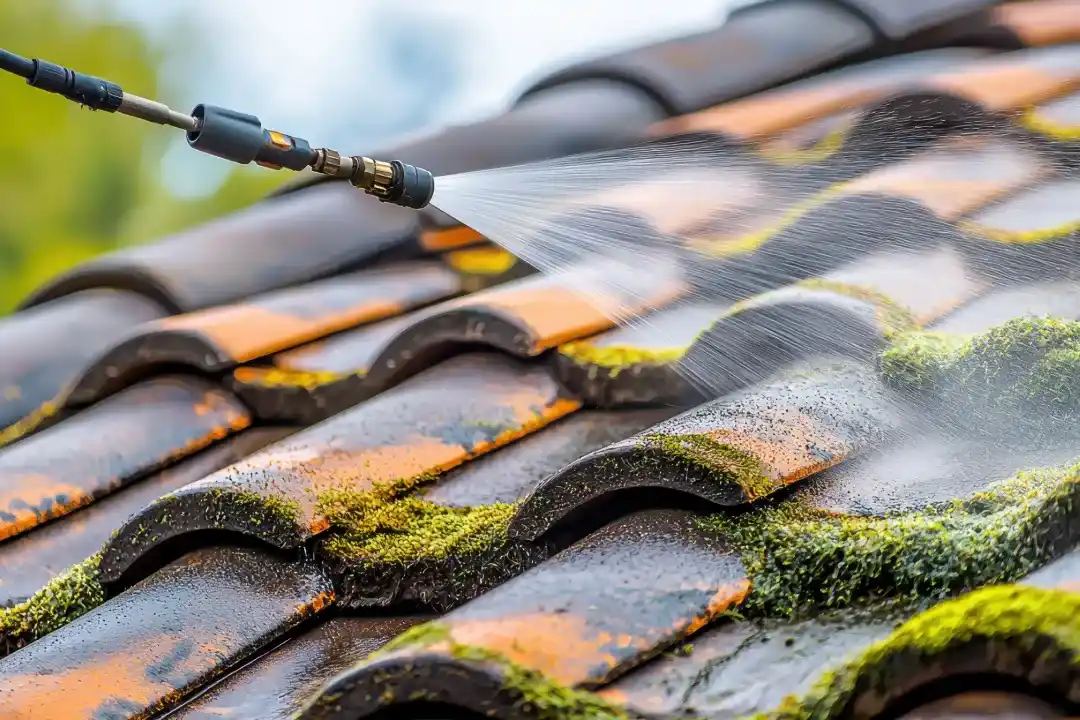
FAQ
Q: Can moss damage my roof?
A: Yes, moss can retain moisture against your roof, leading to potential damage over time.
Q: How often should I clean my roof?
A: Regular cleaning is recommended. For specific guidelines, refer to the roof moss cleaning frequency.
Q: Should I hire a professional for moss removal?
A: If you have extensive moss growth or suspect underlying damage, professional help is advisable.
This article contains affiliate links. We may earn a commission at no extra cost to you.




